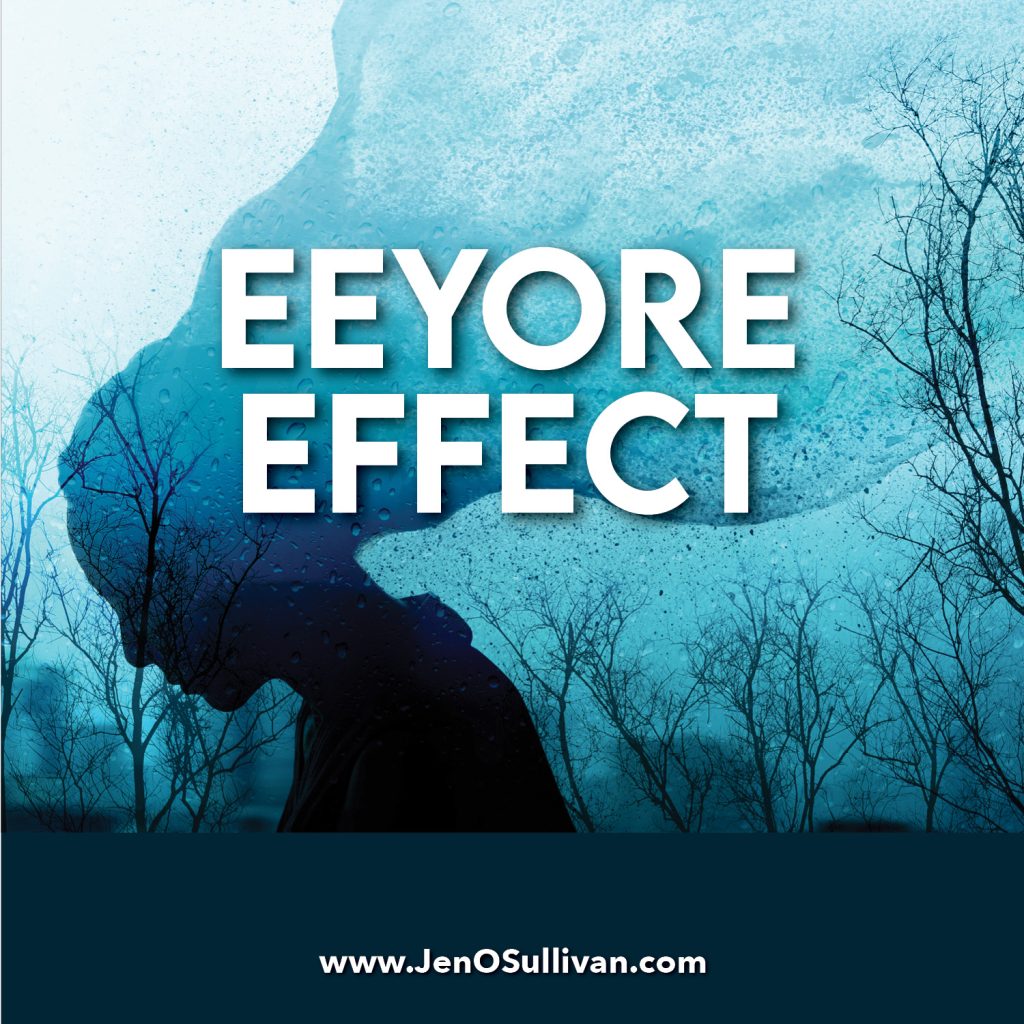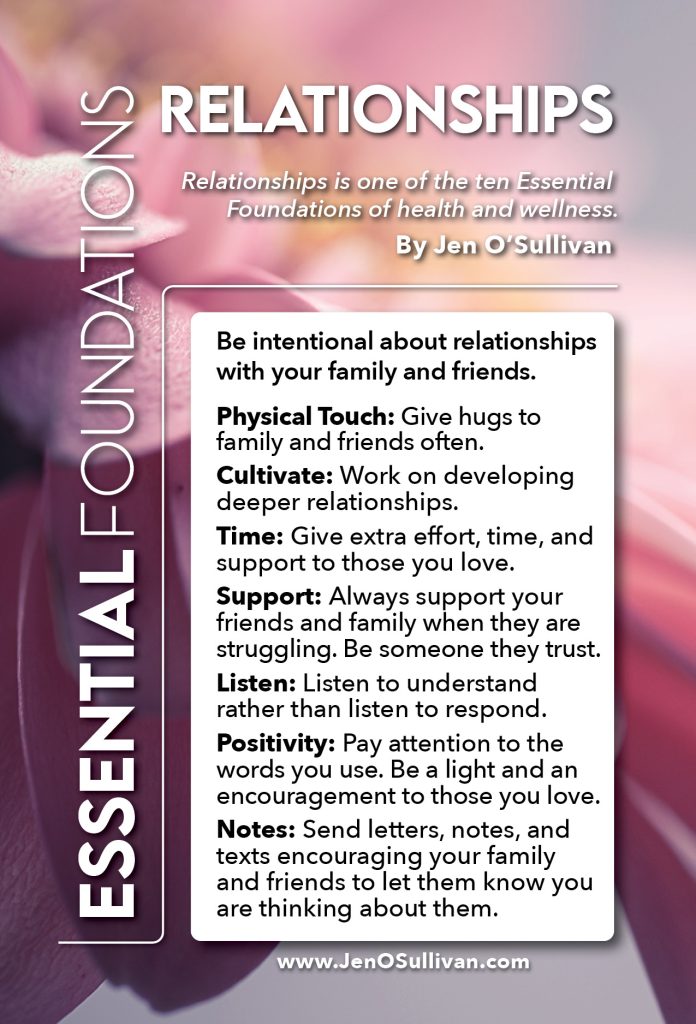
By Jen O’Sullivan
Consider this non-medical term that has major implications on how your body responds to anything you use for your health. It is called the “Eeyore Effect”. Your mind can and will deter you from health. If you have a bad attitude about always being sick you will always be sick.
If you have coined your pain as something you own such as “my pain, my disease, my illness”, then guess what, you own it and will never get rid of it. It is time for you to do some serious mental work and consider how you speak about your issues and how you may be holding onto them.
As a very clear example, I can put on an essential oil that is supposed to give me a sense of joy, yet if I am mad, and I want to stay mad, my body will reject the action of that oil. It is the same with supplements, oils, health foods, and any other healing modality.
A way to help overcome this is to do some specific mental exercises. When working with a modality such as an oil, supplement, patch, etc, sit or lie on your back for about 10 minutes with your hands on your belly. Take some deep breaths in and out. With your eyes closed, visualize the specific modality working well. Visualize your cells waking up and utilizing the modality you are working with. Visualize healing and wellness throughout your entire body. Work from the center of the issue area out. Do this at least once per day for a week to 30 days or more.
Your mind is an extremely powerful healing tool, so use it wisely!


